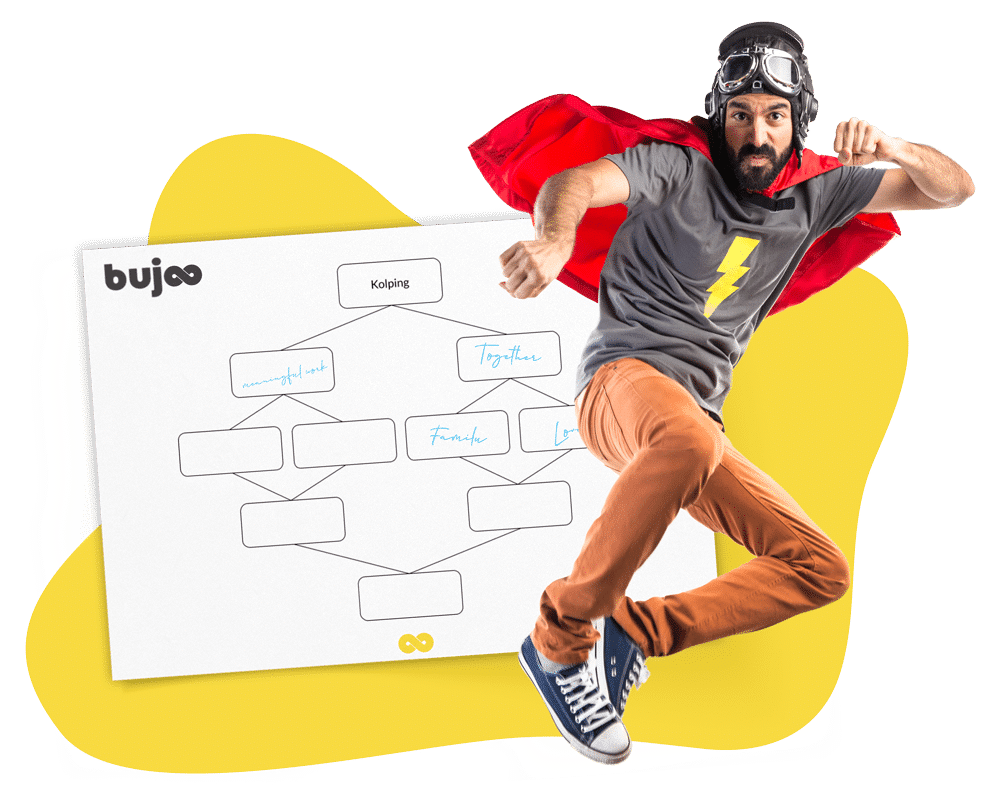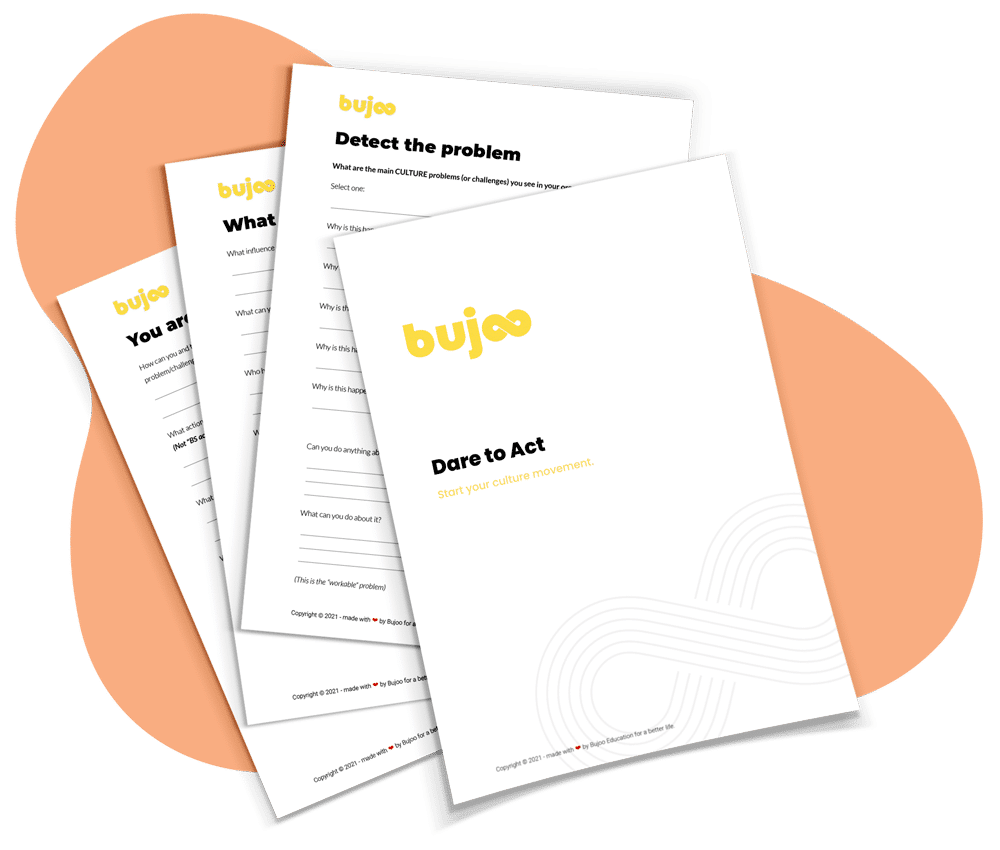About Kolping Serbia.
Kolping is an international association founded in 1850 in Germany (Cologne) and includes a strong global community operating in more than 60 countries. Kolping Srbije has its headquarters in Novi Sad, and has been present in our country since 2001.
Areas of activity: Individual and community development – Education for personal development and strengthening of society, Elderly care – Vitaplan, home care, and home help and Club for the elderly and adults Vitaplan, Experiential learning – Cooperation with primary and secondary schools, Women’s empowerment – Educational and financial support for women
Project Steps
Step 1) Discovering the foundational values
Step 2) Defining the organizational values
Step 3) Adding some symbolism
Step 4) Make the culture action-driven
Step 1 Discovering the foundational values
1-on-1 session (1-on-1) with owner
We started our process with Malinda, the owner of Kolping Serbia. Together we discovered the foundational values by using our unique toolkit, filled with visualizations, worksheets, combined with a deep and honest conversation to connect with the real essence. It was a beautiful process where we discover many unexpected relations between her passions and ways how she wishes to inspire and lead her team.
We definned together six foundational values and connected them with a clear mission statement (why, how, and what), so we could present them together to the whole team in the next session.

Foundational Values
Foundational values bring the right people into the room. Foundational values give the products a unique edge. Great brands, great restaurants, and great books are great because of the unique ‘flavor’ given to them by their founder’s values.
Organizational Values
Organizational values are developed after people are in the room. Organizational values reflect the behaviors required for day-to-day collaborations to run smoothly. They’re also agreed upon by the company as a whole. As the organization grows, its organizational values become increasingly important.
“Values can set a company apart from the competition by clarifying its identity and serving as a rallying point for employees. But coming up with strong values — and sticking to them — requires real guts.”
Patrick M. Lencioni in Harvard Business Review
Step 2 Defining the organizational values
Bringing awareness and connect the heroes in your team!
The beautiful and challenging part of this process is that we work with people, meaning we work and deal with real feelings and emotions. This is where our background in mindfulness, self-compassion, and emotional intelligence comes in handy.
We guided the team of Kolping through an experimental journey and defined with our value dive method what they find essential. With our superhero card exercise, we created a framework for the team members to share their strengths, weaknesses, and needs. To empower the conversation to make it possible to connect, relay, and develop together a suitable organizational culture.

Working with Bujoo was inspiring and creative. As a team, we managed to get to know each other better and reconnect. It was a useful and pleasant experience, a new and experimental way to develop the values of the organization. The tips and tools that Andre offered us are now applied in the team in everyday work.

Timea Bodis
Master psychologist and psychotherapist under supervision
Step 5
Make the culture action-driven.

Before we can integrate change, we first need to reflect on the old and detect possible problems or challenges. For this, we ask employers the questions; What are the main problems (or challenges) related to the culture you see in your organization? Why is this happening? Can you do anything about it? What can you do about it?
Yes, “what can you do about it” Because it’s easy to list problems, the deeper hurdle is creating constructive solutions to resolve and prevent them from happening again. What influence do you have on the problem (or challenges)? How can you together with other employers work together in finding and implementing solutions to the challenges? What actions can you take to fix this problem/challenge? No, not “BS actions”… but actual, tangible actions!
We close the session with our “One Action Manifesto Method”, an easy framework to seal the promise to themselves and their team members to take responsibility, to change, to transform the values into real organizational culture.





